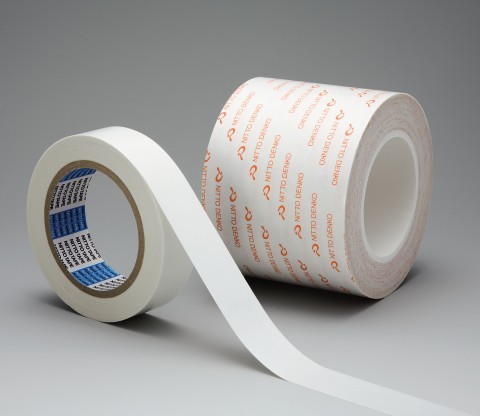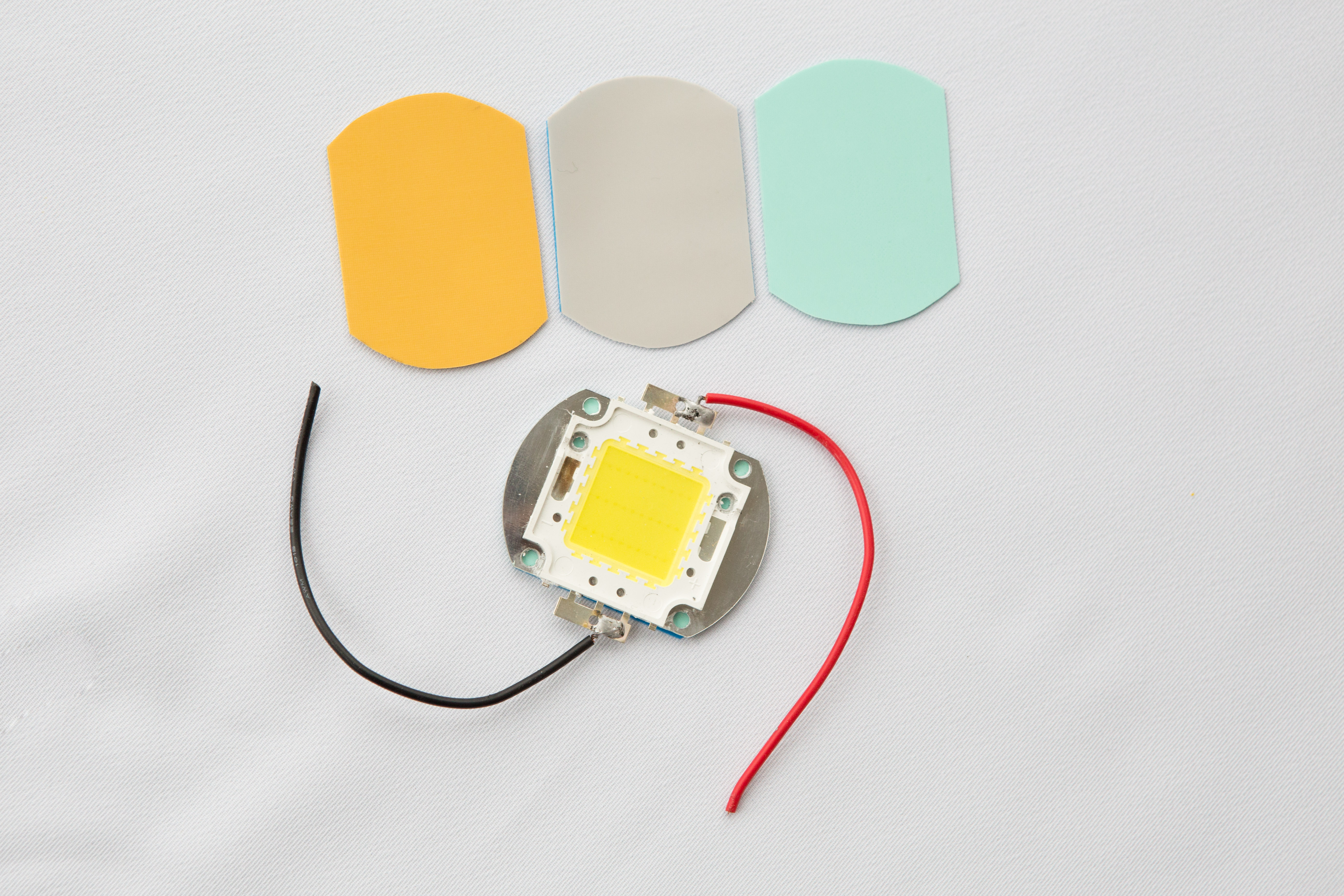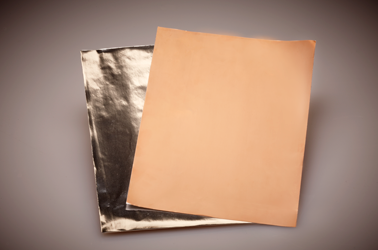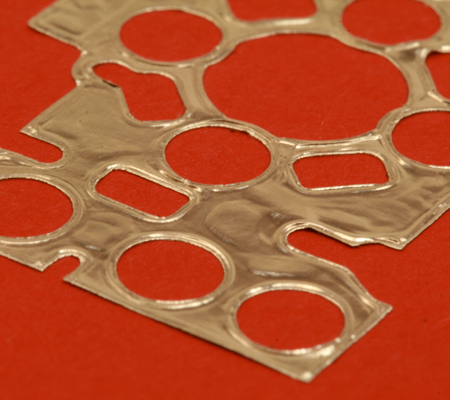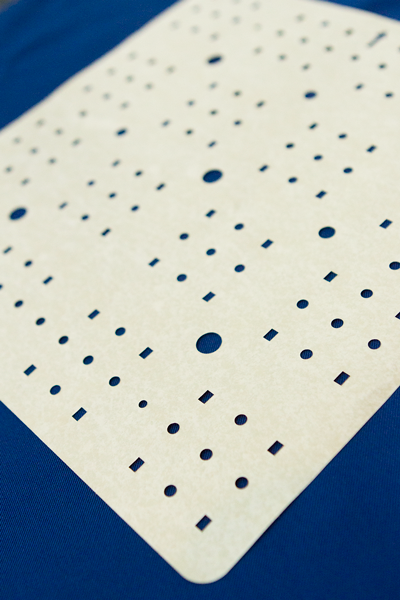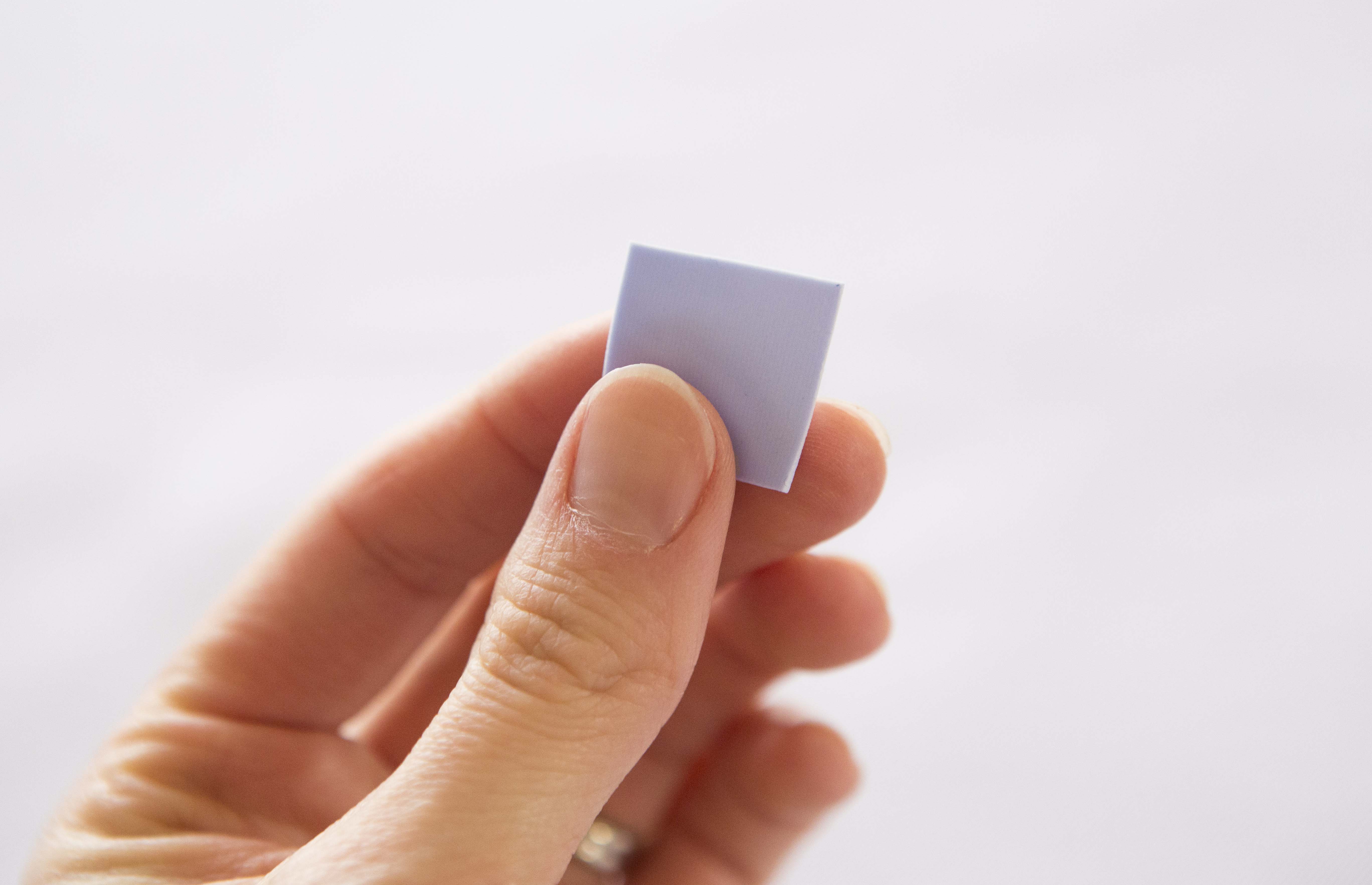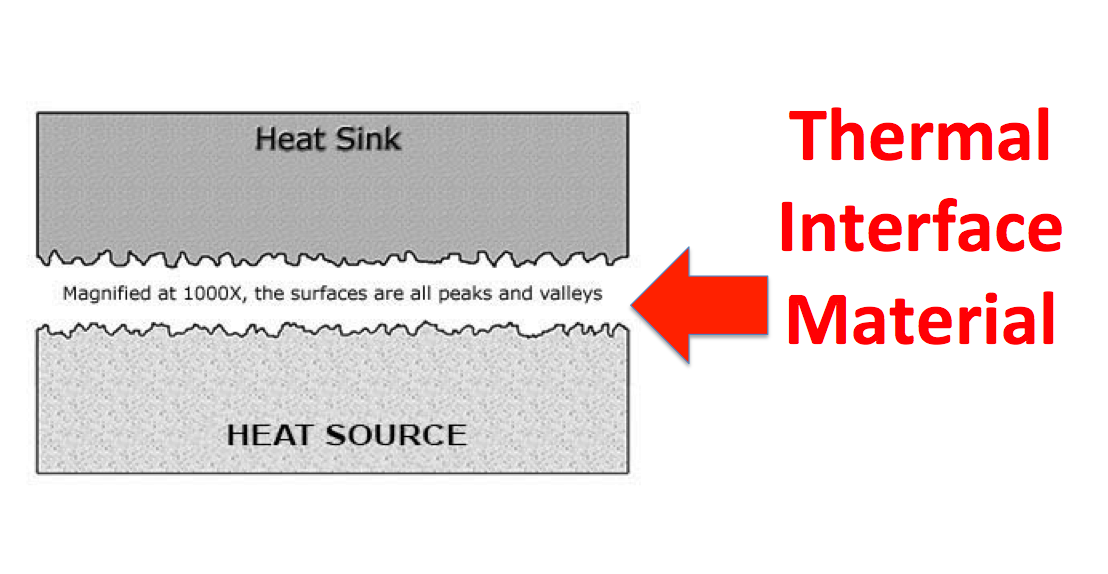The Application Challenge
One of the many markets Marian converts custom components for is the LED industry. For over a decade, customers have turned to LED lighting as an environmentally friendly solution with a longer service life than conventional lighting.
Keep reading to learn more about a customer that removed conventional bulbs from existing lighting structures and retrofit them with LEDs and see how Marian helped them come up with a custom die-cut solution to improve their assembly process.
Read More
Topics:
Thermal Management,
Manufacturing,
Material selection,
Die Cutting,
Application Story,
Thermal Pad,
Assembly,
Converting
Rogers Corporation’s PORON® 40V0 foam gives engineers a thinner, softer, and UL 94 compliant solution for gap filling and cushioning.
Unlike standard polyurethane foams, PORON 40V0 combines reliable flame resistance with enhanced compressibility in slimmer grades, making it ideal for space-constrained designs. It also meets strict environmental standards and minimizes contamination risks in critical applications.
Read More
Topics:
Thermal Management,
Foams,
Manufacturing,
PORON,
EV,
Battery,
Material selection,
Flame Barrier,
Automotive,
Sustainable Materials,
Rogers Corporation,
Data Center
Digital displays are an integral part of modern vehicle dashboards, household appliances, consumer electronics, and more. In applications like thermostats, cell phones, smart watches, and vehicles, displays allow a simplified, interactive experience for users. To make these digital display assemblies, manufacturers require a variety of die-cut components that, when combined, come together to make an impressive display that provides extreme clarity and a user-friendly experience, which we highlight below.
Read More
Topics:
Thermal Management,
EMI Shielding,
LED Lighting,
Die Cutting,
3M,
Thermal Pad,
TIM,
Gasket,
PSA,
Assembly,
Thermal Gap Filler Pads,
Polymer Science,
Converting,
Films,
Electronics,
Thermal Gap Pad,
Tesa,
Displays
In the fast-paced world, electronics are now integrated into almost every aspect of human life. Solutions ensuring optimal performance and longevity are necessary to meet consumers’ expectations. Many converted electronic components are made using materials that address various challenges faced by electronics applications, including thermal management, electromagnetic interference (EMI), surface protection, and more.
Read More
Topics:
Thermal Management,
Foams,
EMI Shielding,
Surface Protection,
Vent Material,
Die Cutting,
Thermal Pad,
TIM,
Gasket,
PSA,
Films,
Electronics
The rapid advancement of the electric vehicle (EV) market is no secret, and to keep pace with this progress, OEMs seek cutting-edge thermal management solutions that perform well and come at a reasonable cost.
Read More
Topics:
Thermal Management,
EV,
Battery,
Material selection,
TIM,
Thermal Gap Filler Pads,
Automotive,
Polymer Science,
Thermal Gap Pad
Combining Intricate Laminations to Create Multifunctional Parts
Electric vehicles (EVs) continue to experience a sharp growth trajectory, generating process advancements and additional application requirements and needs. Marian has developed improved solutions to meet the industry’s most critical necessities for battery longevity, performance, and passenger safety.
Read More
Topics:
Thermal Management,
EV,
Battery,
Die Cutting,
Thermal Pad,
PSA,
ITW Formex,
Assembly
Thermal Runaway Propagation Prevention with Thermal Barrier Materials
Hybrid and battery electric vehicles that use lithium-ion cells require these cells maintain specific ambient temperatures. "Thermal runaway" occurs as a result of the rapid rise in temperature within one of the battery cells.
One of the greatest challenges for battery design engineers is to manage heat. For this reason, batteries are designed with thermal management systems, like thermal gap pads and thermally conductive tapes, that provide different levels of protection, including cell-to-cell, module-to-module, and pack level.
Marian provides custom flexible die cut solutions that are incorporated into battery design at the cell, module and pack level to aid with thermal management. These die-cut parts are made with high temperature resistant materials (also known as flame barrier materials) that are designed to offer thermal insulation to delay the onset of thermal runaway.
Read More
Topics:
Thermal Management,
EV,
HEV,
Battery,
Flame Barrier
Thermal gap pads are one common type of thermal management materials and are utilized in electronic devices within the interface, or gap, between a heat generating component and a heat sink. The heat sink or cooling plate is designed to conduct heat away from the heat generating component to keep it cool and running safely.
According to Parker Chomerics Thermal Management Engineering Handbook, the typical contact area between most semiconductors and heat sinks can be made up of 90% air voids! We also know that air is about 200 times less conductive than a 5 W/mK thermal interface pad. This is where the thermal gap pad comes in.
Thermal gap pads are made of soft polymer that flows into the air gaps in the interface to aid in the more efficient and effective conduction of heat.
Read More
Topics:
Thermal Management,
Thermal Pad,
TIM
Improvements are being made to the lithium-ion batteries used in electric vehicles. Auto makers are developing more powerful lithium-ion batteries that have increased range and charge more rapidly. Along with these improvements, enhancing safety has becoming increasingly urgent for electric vehicle development.
As mentioned in our previous blog post, 11 Considerations when Selecting Thermal Interface Materials for Electric Vehicle Li-Ion Batteries, Li-ion batteries produce a significant amount of heat while in use and while charging. Along with the use of thermal management materials, placing protective engineered flame-retardant insulating materials between the components of the battery cell, module, and pack can offer additional thermal and electrical insulating protection. However, adding such materials can be challenging due to space and weight constraints.
In this post, we outline four materials that can enhance the safety of lithium-ion batteries used in electric vehicles. Some shared characteristics of these four materials are listed below.
- ultra-thin
- lightweight
- electrically and thermally insulating
- flame retardant
- can be die-cut and laminated with PSA
Read further for additional detail about each material.
Read More
Topics:
Thermal Management,
EV,
HEV,
Battery,
Material selection,
Insulators
Currently, lithium-ion (li-ion) batteries are the most common type of battery used to power electric vehicles. Today's market is demanding that batteries charge faster and last longer. Because li-ion batteries produce significant heat when in use and charging, thermal management is critical. Excessive heat can cause irreparable damage to the battery.
Read More
Topics:
Thermal Management,
EV,
HEV,
Battery,
Material selection
Video Demo: Thermal Resistivity and Conductivity of Silicone Foam
Thermal resistivity and thermal conductivity can be two very important physical features of foam materials for certain applications. Most devices containing electronic components must be designed to deal with heat in one way or another. Electronic circuitry operates most reliably at lower temperatures. High operating temperatures decrease the service life of the device or module. It is critical for designs to either conduct or isolate heat away from delicate components to ensure ideal operating temperatures.
Read More
Topics:
Thermal Management,
Foams,
BISCO Silicone
Nitto TR Thermally Conductive Adhesive Tape Series
Nitto’s TR series is a must-have for thermal and electronic applications. The TR series features a selection of double-coated tapes including TR-5912F and TR-5925F. These tapes exhibit powerful adhesion and thermal conductivity which accounts for their strength and reliability. Nitto recommends replacing the use of a screw-in an LED or other thermal applications with these thermally conductive adhesives for the best performance. Using the tape method offers superior thermal conductivity performance, and can extend the life of your LED, compared to using the screw method.
Read More
Topics:
Thermal Management,
PSA
Thermally Conductive Materials in LED Assemblies
Although LEDs are considerably more efficient than traditional lighting forms, they do still produce heat. This heat can have an adverse effect on the LED and therefore must be managed to ensure the true benefits of this technology are realized. If excessive junction temperatures are reached, particularly above the maximum operating temperature of the LED (~120-150˚C), a non-recoverable effect could occur, leading to complete failure. Operating temperature is directly related to the lifetime of the LED; the higher the temperature, the shorter the LED life.
Read More
Topics:
Thermal Management,
LED Lighting
Heat Spreaders
As summer comes to an end, we bring you our final post in our Hot Summer Blog Series exploring Thermal Interface Materials. In this post, we briefly look at heat spreaders.A heat spreader is a heat exchanger that moves heat between a heat source and a secondary heat exchanger whose surface area and geometry are more favorable than the source. Heat spreaders conduct heat in the x,y, and z axes which spreads the heat to a larger surface area for efficient and effective heat dissipation. This heat dissipation keeps devices running at a safe operating temperature.
Read More
Topics:
Thermal Management,
Summer Blog Series
Phase Change Materials
This is the second post in our Hot Summer Blog Series about Thermal Management Materials. In this post, we will focus on phase change materials.
Read More
Topics:
Thermal Management,
Summer Blog Series
This is the kick-off to our Hot Summer Blog Series all about Thermal Management Materials.
Why focus on Thermal management Materials? Incredible technological advancements have been made over the past 30 years in electronic devices. Just look at the image below.
As devices have become smaller, thinner, and more powerful, the need for the efficient removal of heat has become critical to the reliability and longevity of the device. Heat is a normal by-product of electronics operation. Thermal Management Materials exist to aid in the efficient conduction of heat within these devices to keep them running at a safe operating temperature. There are many different types of Thermal Management Materials offering a range of conductivities, thicknesses, and softness. In this series, we will explore the different types, starting off with Thermal Gap Pads.
Read More
Topics:
Thermal Management,
Summer Blog Series
The 3M™ Flame Barrier FRB Series is thin, flexible insulation made primarily of inorganic materials and is used in thermal management applications. FRB provides very high flammability and ignitability resistance, excellent arc and track resistance, good dielectric strength, and good thermal performance to safely contain electrical hazards. When compared to other material options, FRB saves cost and weight in end-use applications.
This thermal management material is easily converted: slit, die-cut, and/or laminated to fit the requirements of your specific design.
Key Material Characteristics
Read More
Topics:
Thermal Management
Within electronics assemblies, thermal gap pads and thermal grease are utilized to fill in gaps between a heat-generating component and a heat sink to create a clear pathway for heat to escape, keeping the device running at an optimal temperature. So which thermal interface solution is right for your application? To aid in your decision, we list a few pros and cons to both thermal gap pads vs. thermal grease.
Thermal pads
Thermal pads, also known as thermal gap fillers and thermal gap pads, are a pre-formed rectangle or square of solid material. Thermal gap pads are often made of silicone or acrylic that contains a conductive filler. The advantages of thermal gap pads are that they have excellent dimensional stability, which makes them easily die-cut to achieve a consistent shape with each pad. The electronics manufacturer knows exactly what they are going to put into each assembly. The solid thermal gap pads are easy to handle, mess-free, and simple to install, leaving less room for assembly error.
Want to learn more about thermal gap pads? Check out this blog post: The Best Thermal Gap Pad for your Design
Read More
Topics:
Thermal Management
When you first hear the term “thermal interface material” it sounds like the latest fabric invented by Patagonia for their new line of long-underwear. Little may you know, these materials are critical components found in the many electronics, lighting, and battery-operated devices you use every day.
Read More
Topics:
Thermal Management


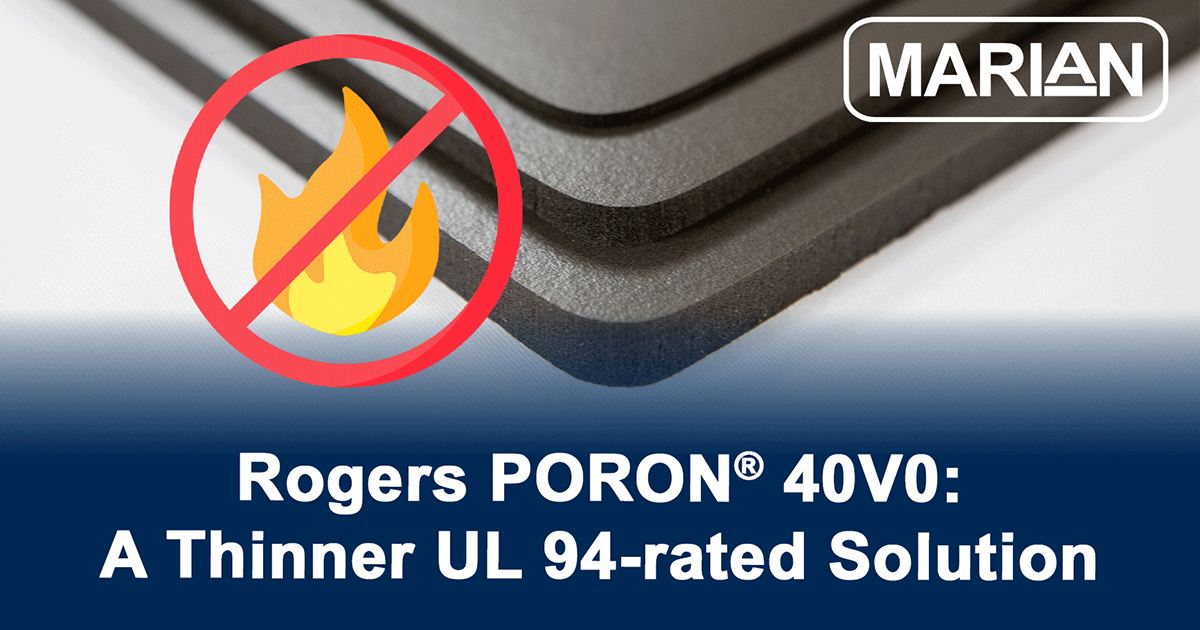
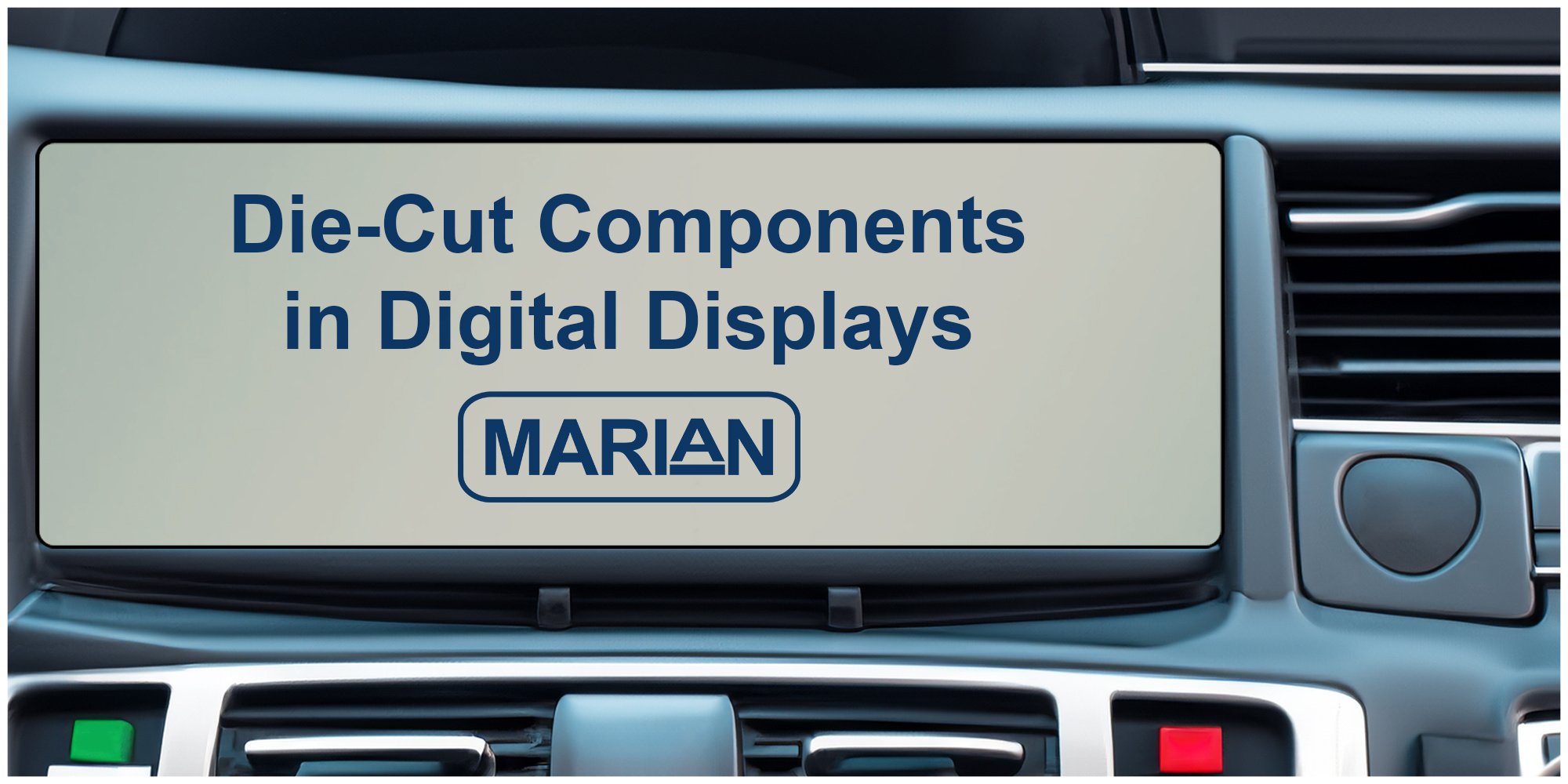

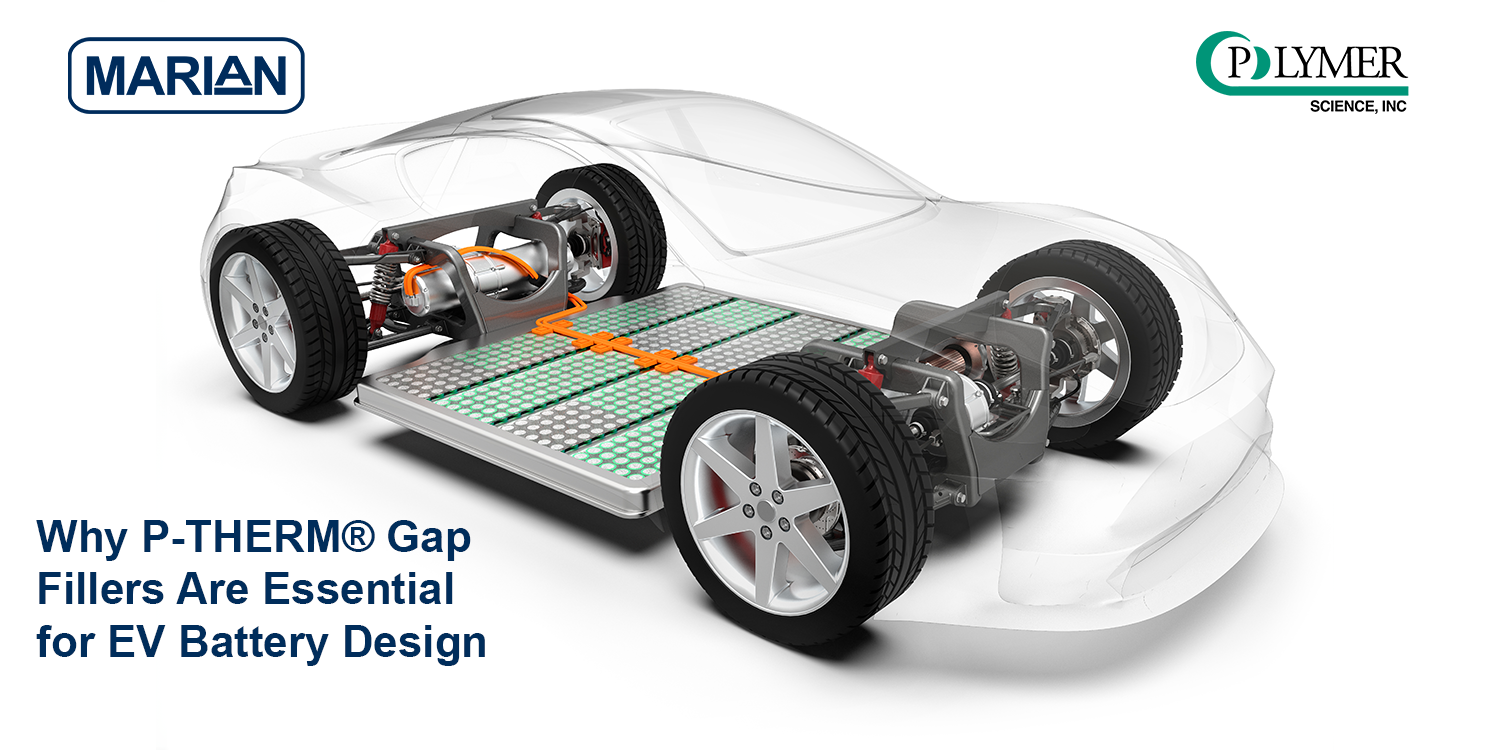
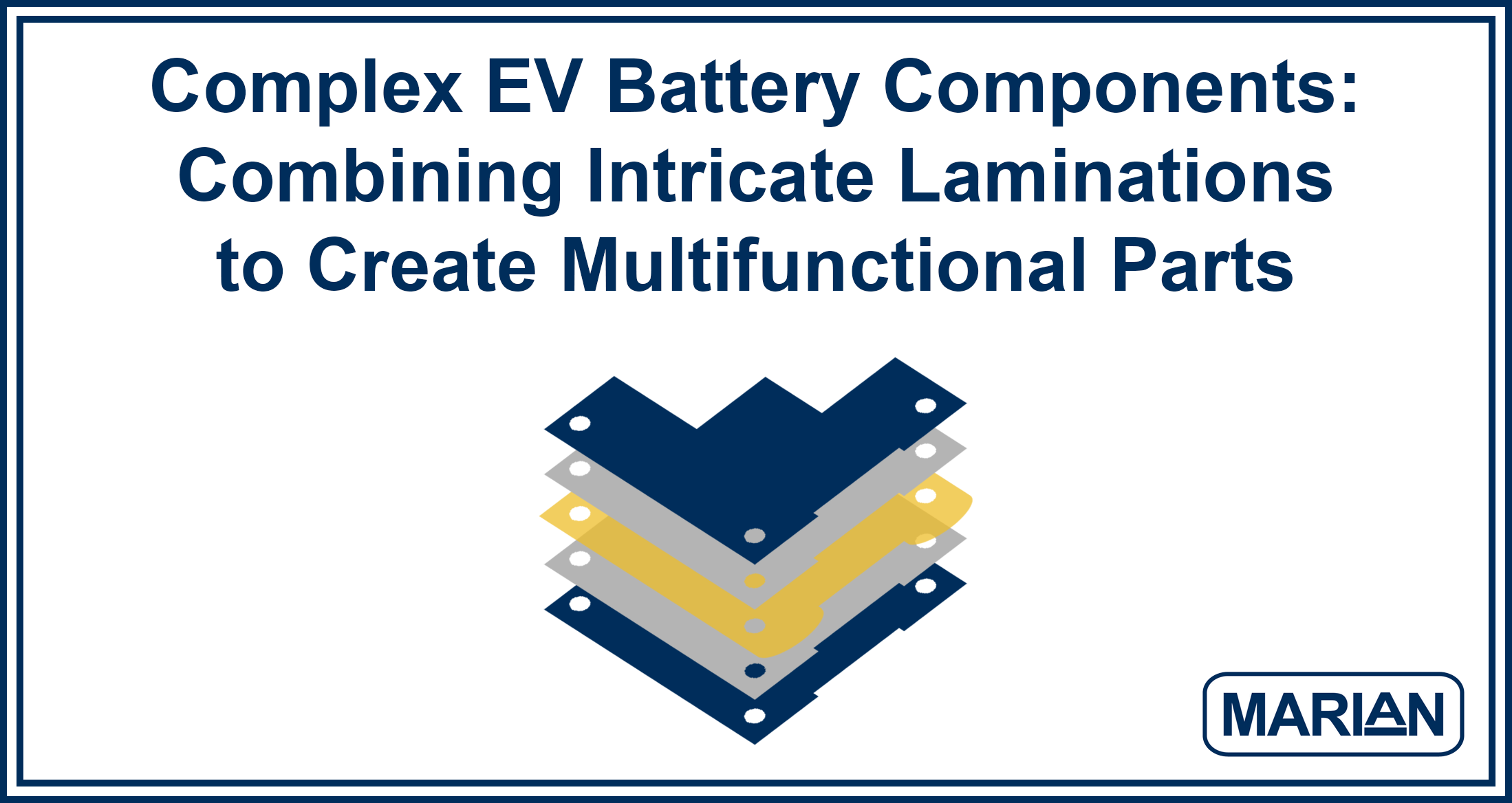
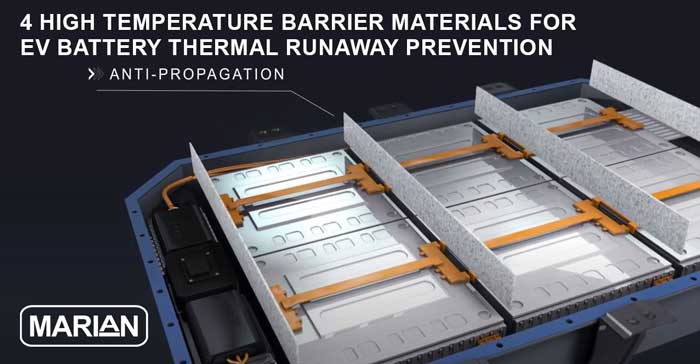
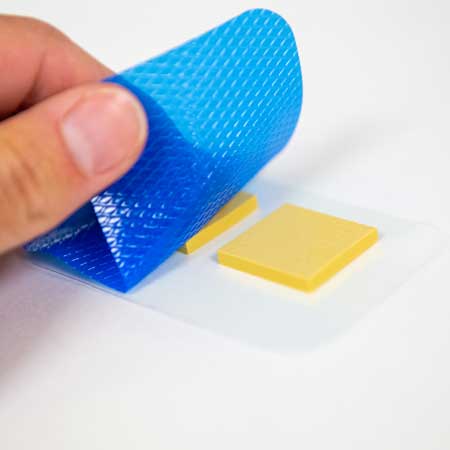
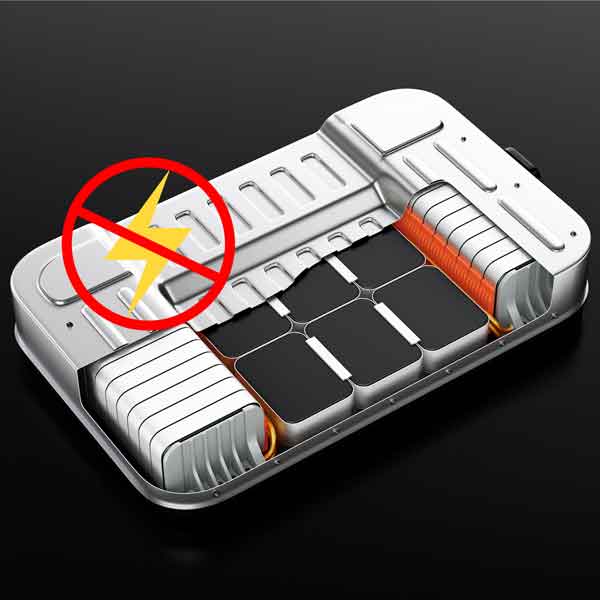

.png)
